Blue johanni - Melanochromis cyaneorhabdos
Scientific name: Melanochromis cyaneorhabdos
Common name: Blue johanni
Family: Cichlidae
Usual size in fish tanks: 7 - 8 cm (2.76 - 3.15 inch)
014
Recommended pH range: 7.4 - 8.5
Recommended water hardness: 9 - 27°N (160.71 - 482.14ppm)
0°C 32°F30°C 86°F
Recommended temperature range: 23 - 27 °C (73.4 - 80.6°F)
The way how these fish reproduce: Spawning
Where the species comes from: Africa
Temperament to its own species: peaceful
Temperament toward other fish species: aggressive/territorial
Usual place in the tank: Middle levels
Food and feeding
The Blue Johanni is primarily herbivorous in the wild, so it’s important to provide a diet rich in vegetable matter to meet its nutritional needs. The best staple diet includes high-quality spirulina flakes or vegetable-based pellets. These foods offer the essential nutrients and fiber that help prevent common digestive issues such as Malawi bloat, which is a concern for many Malawi cichlids.
Supplement the diet with occasional treats of protein-rich foods like brine shrimp and bloodworms. However, be cautious not to overfeed with meaty foods, as too much protein can upset their digestive balance. Feed them an amount they can finish in about 3 minutes, twice a day. Maintaining a balanced and varied diet will ensure they remain healthy and display their vibrant colors.
Origin
The Blue Johanni (Melanochromis cyaneorhabdos) is endemic to the rocky shores of Lake Malawi in Africa. This region is known for its alkaline, hard water and diverse population of colorful cichlids. In the wild, these fish inhabit rocky crevices and caves, using them for shelter and as spawning grounds. Replicating these environmental conditions in the aquarium will help them feel more comfortable and behave naturally.
Sexing
Sexing Blue Johannis can be challenging in juvenile fish, but as they mature, differences between males and females become more apparent. Males are typically larger and more vividly colored, displaying deeper blue or even black hues with horizontal stripes along their bodies. In contrast, females are smaller and usually have a lighter, more subdued coloration, often with a paler belly. Another distinguishing feature is that males tend to have longer pelvic fins compared to females, which can help with identification during breeding periods.
Breeding
Melanochromis cyaneorhabdos are maternal mouthbrooders, which means the female takes full responsibility for protecting and incubating the eggs. Breeding often occurs in the male’s established territory, where he will court the female by showing off his vibrant colors. After the female lays her eggs on a flat surface, the male fertilizes them, and the female immediately gathers the eggs into her mouth for incubation.
The incubation period lasts about 21 days, during which the female will not eat and may hide to avoid disturbances. Once the fry are ready to be released, they are fully formed and can immediately begin to feed on crushed flakes or newly hatched brine shrimp. Providing a separate breeding tank can increase the survival rate of the fry, as they may be vulnerable to predation in a community tank. Breeding is relatively easy for these fish, but ensuring that the female is not overly harassed by the male is important.
Lifespan
The expected lifespan for Blue Johannis is up to 10 years with proper care. To help them reach this age, it is crucial to provide a stable and clean environment. Regular water changes, high-quality filtration, and a balanced diet will greatly contribute to their longevity. Maintaining a healthy tank ecosystem ensures that the fish will thrive for many years in captivity.
Tank Requirements
Blue Johannis require a tank with a minimum size of 150 liters (40 gallons) for a single male with two to three females. If you plan to keep a larger group or community, a larger tank of 200 liters (53 gallons) or more is recommended to accommodate their territorial behavior. These fish prefer hard, alkaline water with a pH range of 7.4-8.5 and a temperature between 23-27°C (73.4-80.6°F). Water hardness should be maintained between 9-27°N (160.71-482.14 ppm).
The aquarium should mimic their natural habitat, which includes plenty of rocks, caves, and hiding places. Construct rock piles to create territories and ensure there are enough hiding spots for females and subdominant males. Open swimming areas should also be provided, as these fish are active swimmers. A sandy substrate is ideal, as Blue Johannis like to dig and explore the bottom of the tank. Strong filtration is necessary to maintain excellent water quality, as these fish are sensitive to water pollutants.
Tankmates
When selecting tankmates for Blue Johannis, it’s important to choose species that can tolerate their territorial behavior. They are generally peaceful with their own species, but they can become aggressive towards other cichlids, especially those with similar colors or that invade their territory. Some suitable tankmates include:
- Yellow Lab (Labidochromis caeruleus)
- Azure hap (Sciaenochromis fryeri)
- Giraffe cichlid (Nimbochromis venustus)
- Demasoni Cichlid (Pseudotropheus demasoni)
- Lake malawi butterfly cichlid (Aulonocara jacobfreibergi)
- Jewel Cichlid (Hemichromis bimaculatus)
Avoid pairing them with slow-moving or smaller fish, as they may be harassed or even harmed by the more aggressive Blue Johannis. It’s also essential to maintain a ratio of one male to multiple females to reduce male aggression. Ensure that the tank is large enough to allow each fish to establish its own territory, and provide plenty of hiding spaces to help reduce aggression among tankmates.
Short Description
The Blue Johanni (Melanochromis cyaneorhabdos) is a striking and popular cichlid species, renowned for its vibrant blue coloration and territorial nature. These fish are endemic to the rocky shores of Lake Malawi, where they use crevices and caves for shelter and breeding. In the aquarium, they require a spacious tank with plenty of hiding places and a well-maintained, alkaline water environment.
While they are relatively peaceful with their own species, they can be territorial towards other fish, particularly those that invade their space. A varied diet consisting of vegetable matter and occasional protein-rich treats will keep them healthy and vibrant. With proper care, Blue Johannis can live up to 10 years in captivity, making them a rewarding species for experienced aquarists.
Pictures
Bought by aqua-fish.net from jjphoto.dk.
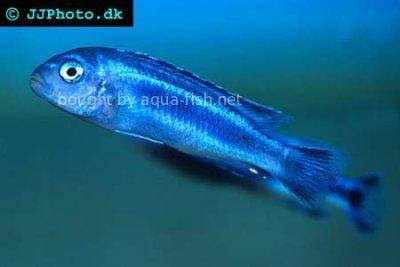


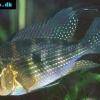 Thread-finned
Thread-finned 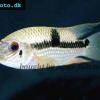 Acara
Acara 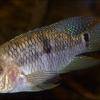 Yellow
Yellow 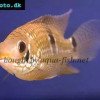 Patrick's
Patrick's 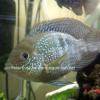 Blue
Blue 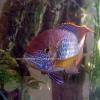 Green
Green 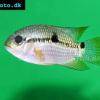 Acara
Acara 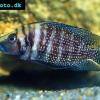 White
White 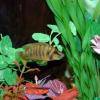 Compressed
Compressed 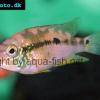 Pastel
Pastel 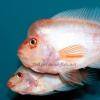 Midas
Midas 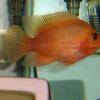 Red
Red 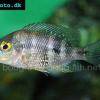 Bluemouth
Bluemouth 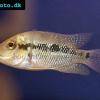 False
False 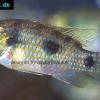 African
African 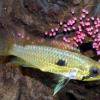 Agassiz's
Agassiz's 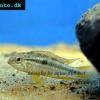 Banded
Banded 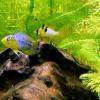 Yellow
Yellow 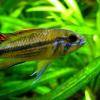 Cockatoo
Cockatoo 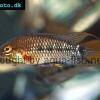 Blue
Blue 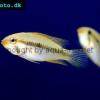 Blackstripe
Blackstripe 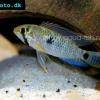 Highfin
Highfin 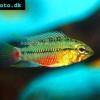 Redstripe
Redstripe 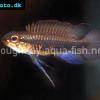 Threadfinned
Threadfinned 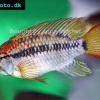 Macmaster’s
Macmaster’s 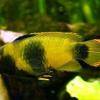 Panda
Panda 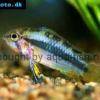 Norbert’s
Norbert’s 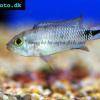 Blue
Blue 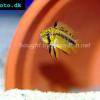 Thin-line
Thin-line 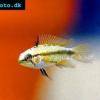 Three-striped
Three-striped 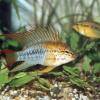 Viejita
Viejita 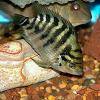 Flier
Flier 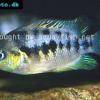 Archocentrus
Archocentrus 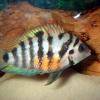 Convict
Convict 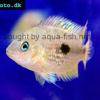 Seven
Seven 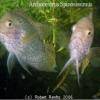 Spiny
Spiny 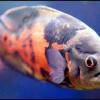 Oscar
Oscar 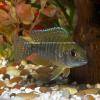 Sunshine
Sunshine 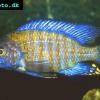 Chitande
Chitande 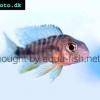 Firebird
Firebird 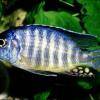 Midnight
Midnight 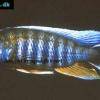 Lake
Lake 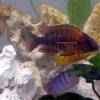 Sunshine
Sunshine 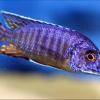 Aulonocara
Aulonocara 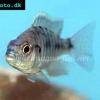 Nyasa
Nyasa 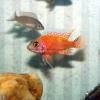 Ruby
Ruby 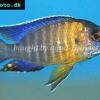 Grants
Grants 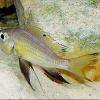 Aulonocranus
Aulonocranus 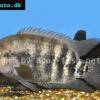 Chameleon
Chameleon 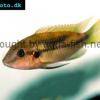 Benitochromis
Benitochromis 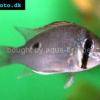 Orinoco
Orinoco 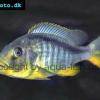 Yellow
Yellow 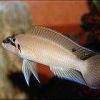 Brichard’s
Brichard’s 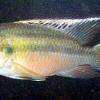 Guenther’s
Guenther’s 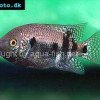 Southern
Southern 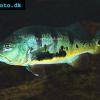 Cichla
Cichla 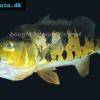 Peacock
Peacock 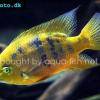 Chiseltooth
Chiseltooth 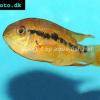 Bolivian
Bolivian 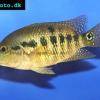 Red
Red 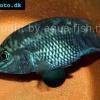 Many-pointed
Many-pointed 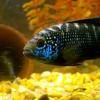 Jack
Jack 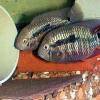 Red
Red 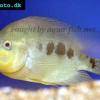 Three
Three 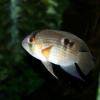 Keyhole
Keyhole 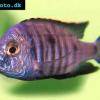 Azureus
Azureus 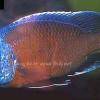 Red
Red 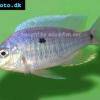 Jackson’s
Jackson’s 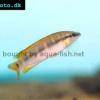 Crenicichla
Crenicichla 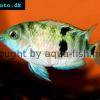 Honduran
Honduran 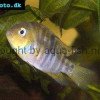 Blue-eye
Blue-eye 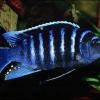 Afra
Afra 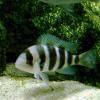 Frontosa
Frontosa 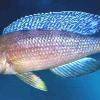 Slender
Slender 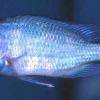 Malawi
Malawi 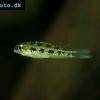 Chequerboard
Chequerboard 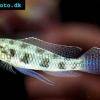 Checkerboard
Checkerboard 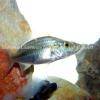 Malawi
Malawi 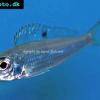 Ectodus
Ectodus 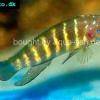 Tanganyika
Tanganyika 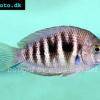 Canara
Canara 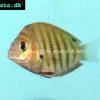 Green
Green 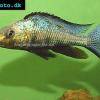 Rostratus
Rostratus 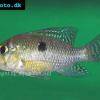 Pearl
Pearl 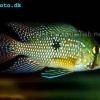 Geophagus
Geophagus 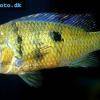 Yellowhump
Yellowhump 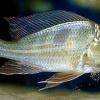 Suriname
Suriname 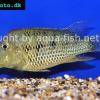 Redhump
Redhump 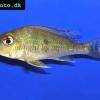 Red
Red 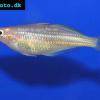 Dority’s
Dority’s 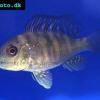 Argentine
Argentine 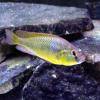 Burton’s
Burton’s 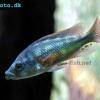 Victoria
Victoria 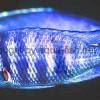 Haplochromis
Haplochromis 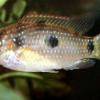 Jewel
Jewel 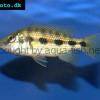 Banded
Banded 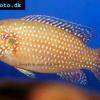 Lifalili
Lifalili 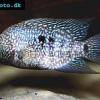 Lowland
Lowland 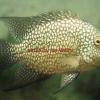 Texas
Texas 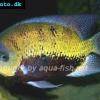 Pantano
Pantano 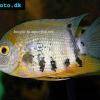 Severum
Severum 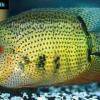 Banded
Banded 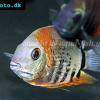 Severum
Severum 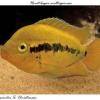 Rainbow
Rainbow 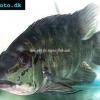 Parrot
Parrot 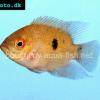 Chocolate
Chocolate 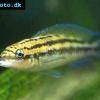 Brown
Brown 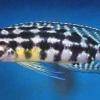 Marlieri
Marlieri 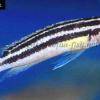 Golden
Golden 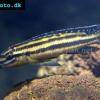 Striped
Striped 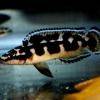 Masked
Masked 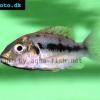 Konye
Konye 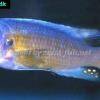 Blue
Blue 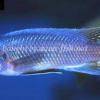 Trewavas
Trewavas 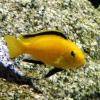 Electric
Electric 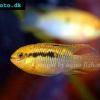 Dwarf
Dwarf 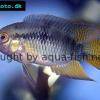 Redbreast
Redbreast 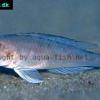 Lamprologus
Lamprologus 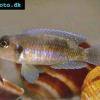 Gold
Gold 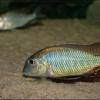 Greenface
Greenface 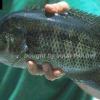 Mayan
Mayan 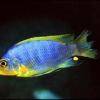 Aurora
Aurora 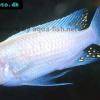 Blue
Blue 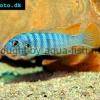 William’s
William’s 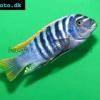 Zebra
Zebra 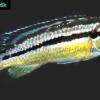 Malawi
Malawi 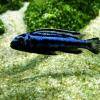 Blue
Blue 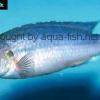 Mbuna
Mbuna 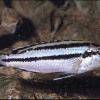 Parallel
Parallel 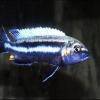 Purple
Purple 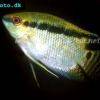 Flag
Flag 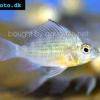 Bolivian
Bolivian 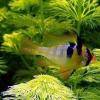 Ram
Ram 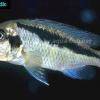 Basket
Basket 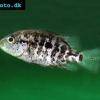 Haitian
Haitian 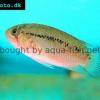 Zebra
Zebra 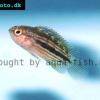 Striped
Striped 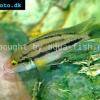 Neolamprologus
Neolamprologus 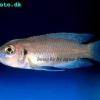 Brevis
Brevis 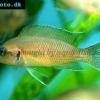 Fairy
Fairy 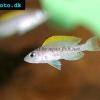 Neolamprologus
Neolamprologus 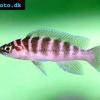 Cylindricus
Cylindricus 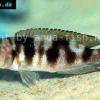 Hecq’s
Hecq’s 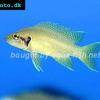 Neolamprologus
Neolamprologus 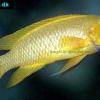 Lemon
Lemon 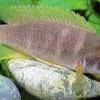 Mustax
Mustax 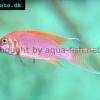 Daffodil
Daffodil 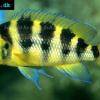 Six-bar
Six-bar 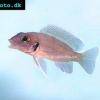 Five-bar
Five-bar 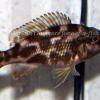 Marbled
Marbled 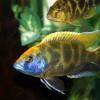 Giraffe
Giraffe 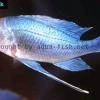 Blue
Blue 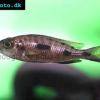 Sulphurhead
Sulphurhead 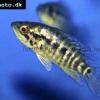 Wolf
Wolf 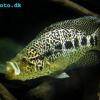 Jaguar
Jaguar 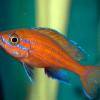 Blue
Blue 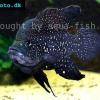 Marakeli
Marakeli 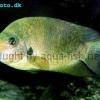 Madagascar
Madagascar 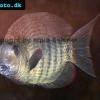 Pinstripe
Pinstripe 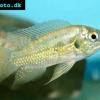 Pelmatochromis
Pelmatochromis 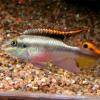 Kribensis
Kribensis 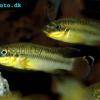 Striped
Striped 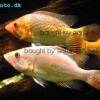 Red
Red 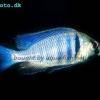 Deepwater
Deepwater 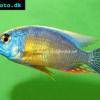 Fenestratus
Fenestratus 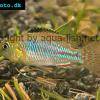 Nichols’
Nichols’ 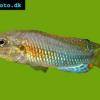 Southern
Southern 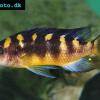 Bumble
Bumble 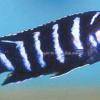 Demason’s
Demason’s 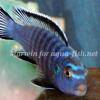 Slender
Slender 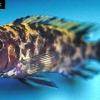 Red
Red 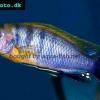 Mbuna
Mbuna 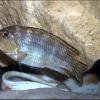 Malawi
Malawi 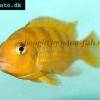 Kenyi
Kenyi 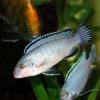 Powder
Powder 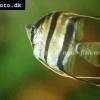 Altum
Altum 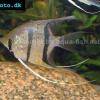 Angelfish
Angelfish 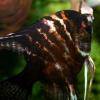 Angelfish
Angelfish 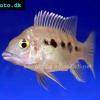 East
East 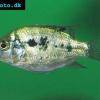 Juba
Juba 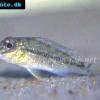 Earth
Earth 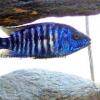 Electric
Electric 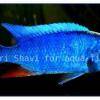 Azure
Azure 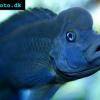 Lionhead
Lionhead 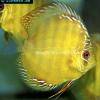 Discus
Discus 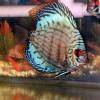 Blue
Blue 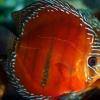 Red
Red 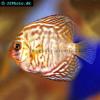 Zebra
Zebra 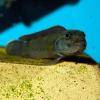 Brichard’s
Brichard’s 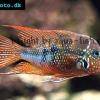 Blue
Blue 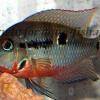 Firemouth
Firemouth 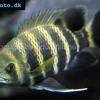 Zebra
Zebra 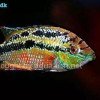 Yellow
Yellow 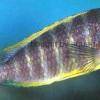 Blue
Blue 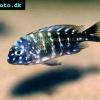 Dwarf
Dwarf  Blunthead
Blunthead 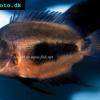 The
The 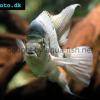 White
White 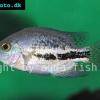 Twoband
Twoband 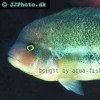 Fenestratus
Fenestratus 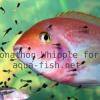 Window
Window 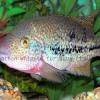 Tailbar
Tailbar 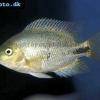 Black
Black 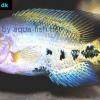 Redhead
Redhead 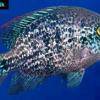 Oaxaca
Oaxaca 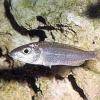 Xenotilapia
Xenotilapia